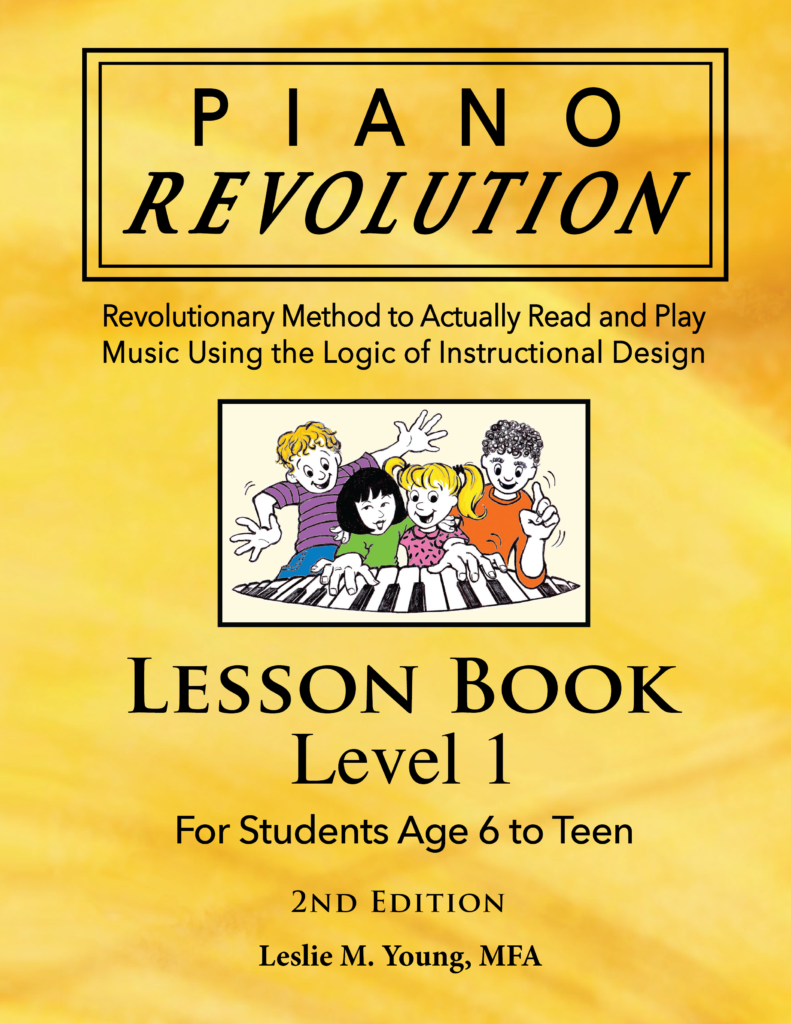Piano Books for Beginners: Awesome World for Women Composers in Mozart’s Day – NOT!
This is an interesting study I recently ran across
about the sister of Mozart.
Imagine what the both of them could have done
if they lived in today’s world!
What Mozart Missed
I have often thought it a shame that Mozart never got to play on a truly professional piano: a Steinway, Fazioli, Bluthner, Grotrian…..so many a treat to play and hear! It would be totally fascinating (to me at least) if Mozart had written piano books for beginners, a real series of graduated levels. Our loss, perhaps, but that was not his calling. . .
(excerpt from the article)
Mozart claimed credit for his sister’s compositions, says former conductor turned professor. “Born in 1756, Wolfgang Amadeus Mozart was the youngest of seven children in the Mozart household, five of whom died during infancy. His surviving sibling was his older sister, Maria Anna Mozart, was also an accomplished musician like her brother and father, violinist Leopold Mozart.
“Maria, nicknamed Nannerl, has been described by modern scholars similarly to her brother, as a child prodigy, and from early in her childhood, she was achieving top billing in concerts performing on the harpsichord and fortepiano.
“There is also evidence that Nannerl wrote her own compositions, but none have survived. Or at least that was the consensus until retired Australian professor, Martin Jarvis, suggested that three out of five of Mozart’s violin concertos could have actually been composed by Nannerl.
“Professor Jarvis has been forensically studying original Mozart manuscripts since 2007 while working as professor and lecturer of music at Charles Darwin University, Australia. He specifically focused on Mozart’s five violin concertos, a favourite among string players, and began to notice something odd about three of the works.
“Of the five violin concertos, three of them were composed by a person called Wolfgang Amadeus Mozart, and two of them – in a different handwriting – were composed apparently by Amadeus Wolfgang Mozart.
“We know that [Nannerl] composed because even in some of [his] letters, Mozart compliments her on her music”, and, “We know that various composers, including Bach, copied other people’s music and then put their name on it.”
“Nannerl toured with her younger brother Mozart when they were children, and even embarked on an 18-month concert tour in London starting when she was just 13, with her and her brother billed as “wunderkinder”. She was even billed first, and contemporaneous reviews praised her performances.
“However, this all stopped when she turned 18, as performing as a child was one thing in the 18th century, but performing as a woman could have dire consequences on a person’s reputation.
“Growing up, many biographers place Nannerl as an idol in the young Mozart’s life. In Maynard Soloman’s Mozart: A Life, he writes: “At three, Mozart was inspired to study music by observing his father’s instruction of [Nannerl]; he wanted to be like her.” Their close relationship would continue throughout childhood . . . however, sources differ on whether the two siblings remained close during adulthood. {They seemed to have drifted apart, and} correspondence with each other had stopped completely three years before Mozart’s premature death at the age of 35.
“Nannerl sent at least one composition to both her father and her brother as an adult, and Mozart wrote back praising the composition and encouraging her to write more. Professor Jarvis therefore argues that it is also possible, as opposed to simply taking credit for his sister’s work, that Nannerl had chosen to have her work published at the time under her brother’s name due to her gender. Jarvis suggests, “She may well have pushed herself out of the picture because of the value of the manuscripts if they were thought to be by her brother”.
“We may well never know for sure if Nannerl’s compositions survive through Mozart’s body of work, or if her original compositions will remain unfound, but it is clear that Nannerl had exceptional talent when it came to musical prowess.
“Her father once described her as “one of the most skilful players in Europe”, and whether or not her skill lives on in Mozart’s compositions, her memory should be celebrated for the great musician she was.” (end of article)
Maria Anna Mozart; by unknown artist
Mozart’s dad had a great idea by letting little three-year-old Mozart watch during his older sister’s piano lessons. By observing, he was inspired to learn himself, as she was developing her own talent.
Let the younger siblings watch the piano lessons and want their own turn!
Piano Books for Beginners – Even Self-Teaching!
Are you interested in finding very effective piano books for beginners?
A series written for the very young student of 4 or 5 years old. . . or a 6 year-old to young teenage?
Or perhaps even older teens and adults?
There is a series of Piano Revolution method books for each of these three age categories – plus one for improvising with a chord approach!
You can see sample pages for all the books on pianorev.com by choosing from the library below:
What Would the First Lesson for a Young Student Look Like?
What Would the First Lesson for a 6 to Teen Look Like (video)?
View sample pages of all the books for students
ages 6 to teen:
View sample pages of all the books for students
4 to 5 years old:
View sample pages of all the books for older
teens and adults:
View the books on Amazon:
About the Author, Composer,
Illustrator, Educator, and
Eternal Optimist
Leslie Young is the author/composer/illustrator of the PIANO Revolution method books (originally titled as the Revolutionary Piano Method). She co-founded a K-12th grade charter school in Texas and has been a piano teacher for over 40 years. She has had experience teaching a variety of students tackling piano for the first time or as returning students.
Young believes that “learning to play the piano is more about diligence and perseverance” – but would add that just as critical to success is the method that is used, the pattern of critical thinking, and the instructional principles that promote immediate success.
She states: “In teaching piano to students of varying ages, what also varies is a commitment of time and the amount of dedication. Children of certain ages may do very well with a parent as teacher; others may need someone who is not family to instruct them. Some older children and adults prefer to make progress on their own, and this method is designed to act as a meticulous guide through new material. Some adults and teens insist on professional teachers, which also encourages continuity. Because these books are self-explanatory, a new or experienced professional teacher will have no trouble using the PIANO Revolution method with students. It’s an easy and effective way to learn piano.”
This content will be of most interest to:
- Parents who homeschool
- Professional piano instructors
- Individuals desiring piano books for beginners
- Educators of Instructional Design for piano
- Adults desiring a self-teaching piano book
- Parents wondering the best age to start piano lessons for a child










